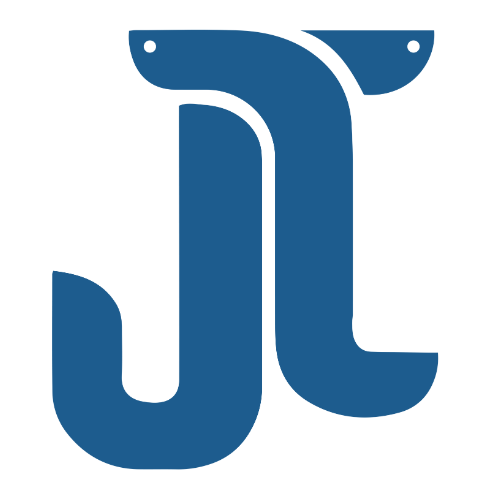IT Security Best Practices
IT security best practices refer to a set of rules, processes, and procedures meant to secure information technology systems, networks, and data against unauthorized access, cyberattacks, damage, or theft. These procedures are necessary to guarantee the privacy, availability, and integrity of data.
In the digital age, safeguarding a company’s data and IT infrastructure is crucial now more than ever. IT security best practices are a set of methods and procedures that are essential for protecting an organization from various cyber threats that can disrupt business operations, compromise sensitive data, and damage an organization’s reputation.
IT security best practices also advise regular security assessments, continuous monitoring, and a well-defined incident response plan to promptly detect and minimize such risks. By adhering to these recommendations, businesses can significantly strengthen their security posture and ensure the confidentiality, availability, and integrity of their data and systems.
What is IT Security?
IT security involves protecting digital information and assets from unauthorized access, use, or damage through measures like firewalls, encryption, access controls, and employee training. Its goal is to ensure the confidentiality, integrity, and availability of information while minimizing the risk of security breaches and cyberattacks.
Important Components of IT Security Best Practices:
1. Comprehensive Security Protocol: A comprehensive security policy is the cornerstone of IT security initiatives. It describes the security policy of the company, including procedures, roles, and policies for protecting data and assets. It covers subjects including incident response protocols, data classification, access controls, and permissible use policies.
2. Employee Awareness and Training: Employees are crucial to IT security. Employees are routinely trained on security risks, best practices, and regulations. Awareness campaigns help people understand the importance of using secure passwords, phishing attempts, and social engineering techniques.
3. Limitations on Access: Access controls limit system access to authorized personnel only by using the least privilege concept. By allocating permissions by work duties, Role-Based Access Control (RBAC) reduces exposure to sensitive data. By demanding additional verification in addition to passwords, Multi-Factor Authentication (MFA) provides an extra layer of security.
4. Architecture for Secure Networks: A secure network architecture guards against online threats and unwanted access. It entails setting up Virtual Private Networks (VPNs) for safe remote access, Intrusion Detection Systems and Intrusion Protection systems (IDS and IPS) to identify and react to suspicious activity, and firewalls to monitor and manage incoming and outgoing traffic.
5. Frequent Evaluations of Security: Frequent security evaluations, such as vulnerability scans and security audits, help to find and fix possible holes and vulnerabilities in networks and IT systems. Through proactive security posture strengthening and regulatory compliance, these assessments support enterprises.
Advantages of IT Security Procedures:
Adopting strong IT security procedures has several advantages when protecting companies online. These procedures are crucial for retaining customer trust, guaranteeing business continuity, safeguarding sensitive data and systems, and adhering to legal obligations. To begin with, IT security procedures reduce the possibility of unapproved access and data breaches.
Encryption techniques, comprehensive security policies, and strict access restrictions can help businesses protect their sensitive data from cyber threats like ransomware and phishing scams. To reduce the likelihood of monetary losses and reputational damage, this protection is crucial for maintaining financial data, intellectual property, and sensitive consumer information.
Furthermore, IT security protocols ensure the privacy and integrity of online communications and transactions. Businesses can protect sensitive data transmitted over the internet, such as customer financial information and company trade secrets, by implementing encryption protocols and secure communication channels like Transport Layer Security (TLS).
In addition to protecting against external threats, IT security procedures support internal security measures like access controls and authentication procedures. Implementing Multi-Factor Authentication (MFA) and stringent access controls, which ensure that only authorized individuals can access critical systems and information, can help reduce the risk of insider threats and data leaks.
Disadvantages of IT Security Procedures:
Implementing IT security best practices is crucial but comes with a few challenges. The critical costs of starting setup and progressing support can strain budgets. Overseeing complex security frameworks and joining different instruments require specialized aptitudes, including regulatory burdens. These factors frequently affect execution and client involvement, causing disappointment and potential non-compliance among workers. Besides, there needs to be more cybersecurity ability, making it difficult to discover and hold gifted experts.
Security measures can raise security concerns, and scaling these hones to oblige organizational development is complex, particularly in cloud and crossover situations. Reliance on third-party merchants can lead to excessive moves and merchant lock-in. Wrong positives in security alarms may cause alarm weakness, whereas wrong negatives can make frameworks powerless. Finally, maintaining administrative compliance includes ceaseless overhauls and thorough reviews, expanding the authoritative workload. Understanding these downsides is fundamental to successfully adjusting security needs for operational effectiveness.
Conclusion:
In summary, prioritizing IT security through practices like regular updates, strong authentication, and proactive threat detection is crucial in today’s digital landscape. At Jupical Technologies, we recognize that it’s an ongoing effort requiring adaptability to emerging threats. By fostering a vigilant culture, organizations can safeguard their digital assets and maintain stakeholders’ trust.


